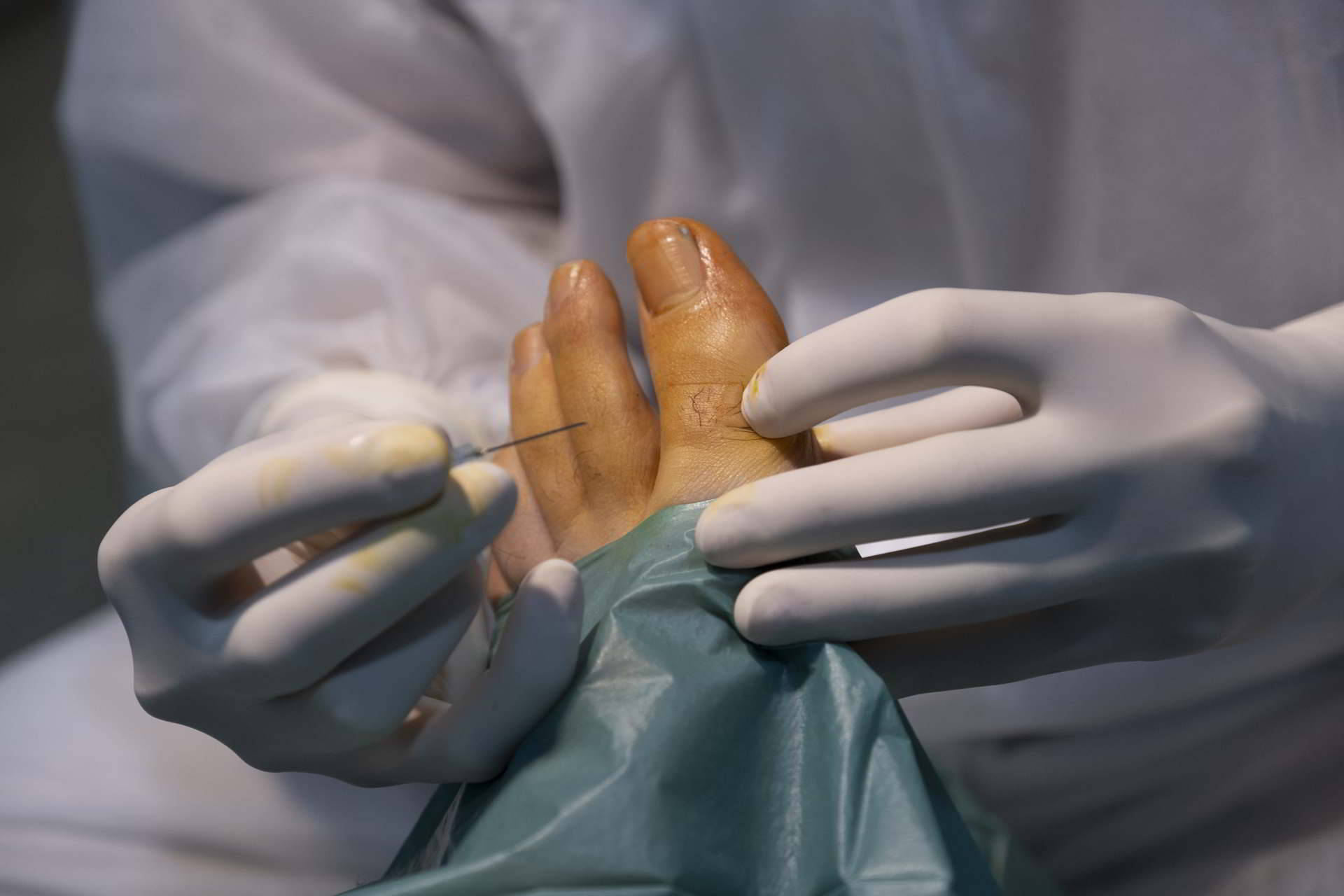Metatarsalgia surgery: A guide to the basic facts
Metatarsalgia is a condition that causes pain and inflammation in the ball of the foot. While not always serious, you may experience pain that can impact your ability to enjoy your life. If you are into extreme jumping, running, or similar activities, you may have the condition. Instead of managing your pain with medications alone, consider seeing Maryville, IL metatarsalgia specialist at the earliest. There is the option of surgery, which could be a life-changing procedure. Here’s what you need to know.
Diagnosis and more
Metatarsalgia is considered one of the common causes of foot pain. Just because you have the condition doesn’t mean you need surgery. Each case must be evaluated on the facts and symptoms. Your doctor will examine your foot and ask questions related to symptoms, lifestyle, and job, and if required, they may also recommend getting an x-ray. There are noninvasive treatments available for metatarsalgia, including changing footwear, wearing additional insoles, and management of weight. If there is a serious underlying cause or other treatments don’t work to relieve symptoms, surgery may be essential.
Risk factors for metatarsalgia
There are several risk factors for metatarsalgia, including high-impact sports. If you wear high heels all the time or have been wearing shoes that don’t fit properly, you may develop the condition. Other factors include obesity, foot problems like hammertoe, and inflammatory arthritis. Your doctor can check all details to give you an accurate diagnosis.
Why is metatarsalgia surgery required?
Your doctor may consider surgery for metatarsalgia if you have a bone misalignment. In many cases, it may be necessary to remove a nerve called Morton’s neuroma that has thickened and is responsible for the pain. Surgery is often an option for treating a bunion that might be responsible for inflammation and pressure.
After metatarsalgia surgery
The metatarsalgia surgery is an outpatient procedure, which means you should be able to go home immediately after or a few hours later. You will need to wear a boot and use crutches for the healing period, and your doctor may also recommend physical therapy that will help strengthen the muscles. Light exercise is usually allowed after two months of surgery, but you need to wait for at least three months before you get back to the gym.
Final word
Treatment for metatarsalgia doesn’t have to be complicated, but because the pain can be unbearable, it is best not to wait for a very long time. Talk to your doctor today and schedule an appointment.



